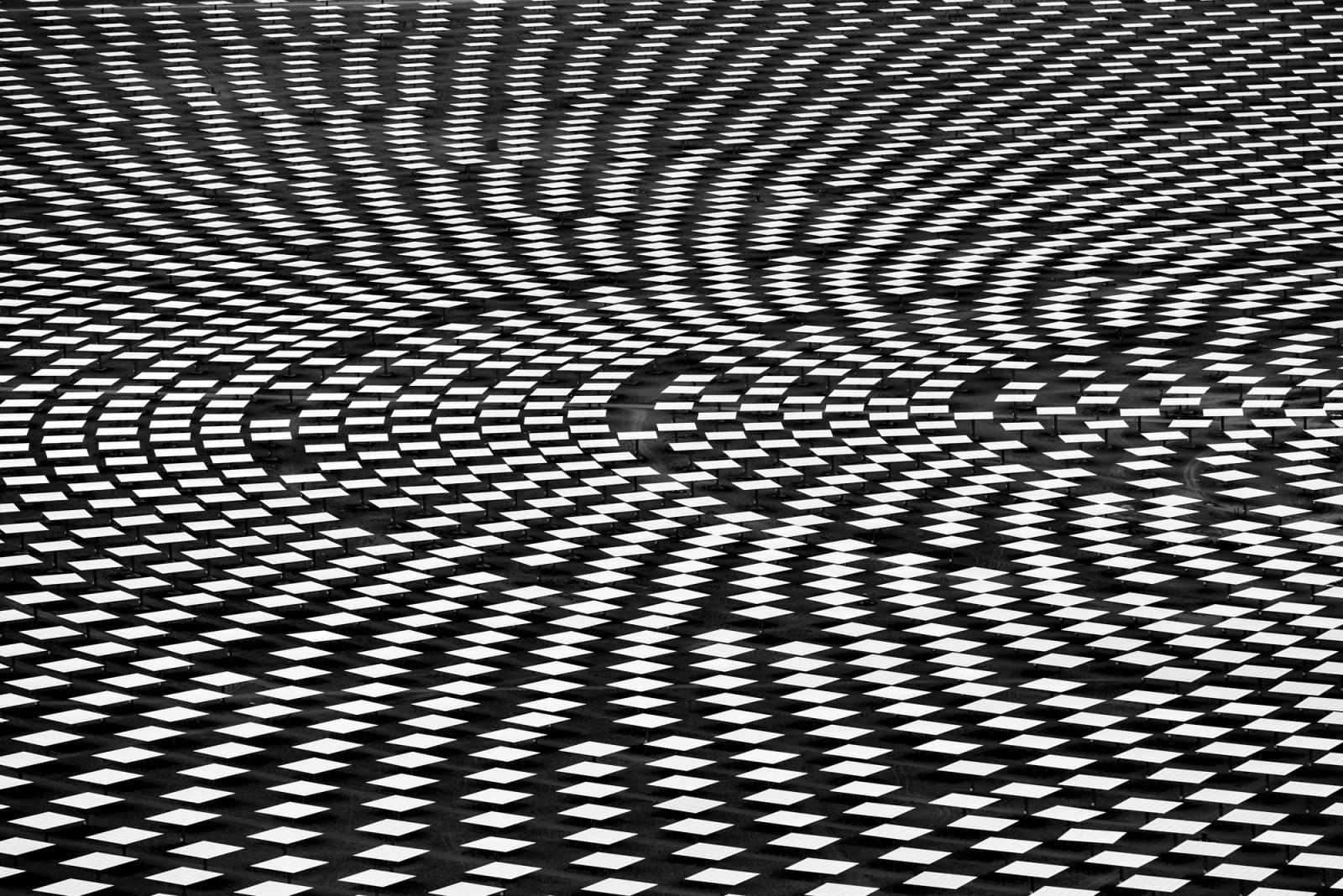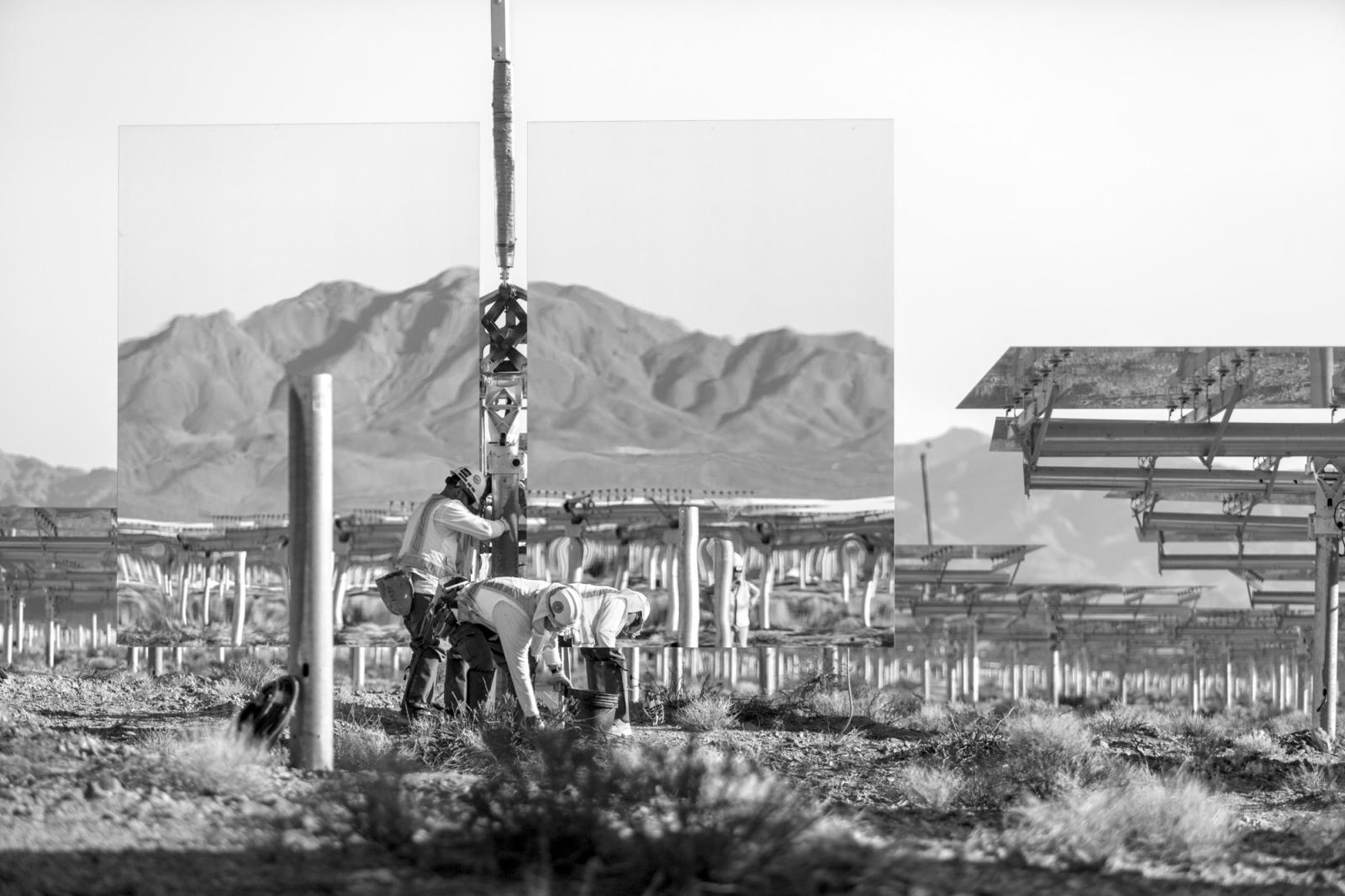Events
Blanton Museum of Art presents If the Sky Were Orange: Art in the Time of Climate Change
jamey stillings
Dec 5, 2023
Summary
This special exhibition at the Blanton Museum of Art explores the history and contemporary urgency of climate-related issues. Guest curated by journalist Jeff Goodell, this exhibit features work by ten contemporary artists addressing how climate change affects life on our planet, from how we create energy to the stability of ice sheets in Antarctica. Texts by Goodell and internationally known scientists and writers from The University of Texas at Austin and beyond interpret the artworks from the perspective of the authors’ specialized knowledge of climate change. Through February 11, 2024.
Fifteen years ago, while reporting a book about climate change, I was sailing in the North Atlantic on a vessel operated by Woods Hole Oceanographic Institute, one of the top ocean research centers in the country. Late one afternoon, as I watched flying fish get airborne beside the ship, I asked one of the scientists who was aboard what he thought it would take to convince people to pay attention to the risks of a warming planet, which is caused by the accumulation of carbon dioxide in the atmosphere. In the U.S., according to the Department of Energy, 92% of total man-made carbon dioxide emissions come from the burning of fossil fuels. “If carbon dioxide stained the air purple, people would care,” he said. “They would see the sky turning color, and they would understand how the world is changing. Instead, carbon dioxide is an invisible gas, and it’s all too easy to imagine that nothing is changing.” Aaron Morse’s Cloud World #3 feels like it was created to illustrate exactly that point. It captures the shock and drama of an orange sky and invites us to imagine how differently we might see our world if carbon dioxide did stain the sky a different color.
This is a show about making climate change visible—if not by painting the sky orange, then by seeing its impact through the eyes of artists.This exhibition has two parts. Part One (installed in the Contemporary Project Gallery and the Film & Video Gallery) features the work of ten artists responding to climate change and our relationship with the natural world. The works are paired with commentary from writers known for their expertise in climate and energy issues. To dive deeper into these topics, you can view more information later on in this digital resource.
In Part Two, I selected works from Blanton’s permanent collection that, in my view, represent many of the themes and issues connected with climate change. Most of these works were not created with climate change in mind, but they demonstrate that when we talk about climate change, we are really talking about much deeper things, including our relationship with nature, the promise of technology, and how we define progress. The goal of this show is not to convince you that the sky is turning orange. It’s to inspire you to see that our world is changing fast, and to think about what that means for you, your loved ones, and the future of life on this planet.
If the Sky Were Orange: Art in the Time of Climate Change
Part One – Renewable Energy: Michael Webber on Jamey Stillings’ Changing PerspectivesEnergy, nature, and landscape have always come crashing together in a conflicting collage of uplift and degradation. Energy is about extracting resources from nature—wind, sunshine, oil, gas, coal, peat, wood, dung, uranium, water—and converting them into something useful for human purposes—electricity, heat, motion, or light. That conversion distorts nature: twisting the land, spreading heat-trapping gases into the atmosphere, or draining, polluting, and heating the waters. Is the distortion of nature a precondition for the betterment of humanity, or is there a better way? Jamey Stillings’ photographs capture the beauty and technological elegance of wind and solar power and illustrate a path forward that will be vastly less impactful than our historic approach to energy. Our current approach to energy is dirty, profligate, and expensive. While it has lifted millions of people out of poverty and advanced society, it also has consolidated power into the hands of too few and has left behind an expensive and sometimes toxic legacy of energy wastes that we will be managing for as long as we can imagine. We should do better. We must reduce our impact and work with nature instead of against it. But, as these images also show, there is no such thing as a free lunch: even the cleanest options still can cast a long shadow.
About Jamey Stillings
Photographer Jamey Stillings has spent more than a decade documenting the global turn to renewable energy via aerial photography. Stillings’s work has been featured in The New York Times Magazine, National Geographic, and Le Monde, in addition to numerous national and international exhibitions. Stillings lives and works in Santa Fe, New Mexico. Learn more about the artist at jameystillings.com.
About Michael Webber
Dr. Michael Webber holds the Josey Centennial Professorship in Energy Resources in the Department of Mechanical Engineering at The University of Texas at Austin, where he teaches and conducts research on the convergence of engineering, policy, and commercialization. Webber has authored more than 500 scientific articles, columns, books, and book chapters, including op-eds in The New York Times and features in Scientific American. His book Power Trip: The Story of Energy (Basic Books, 2019) was accompanied by an award-winning companion series on PBS.
About Jeff Goodell
Jeff Goodell’s latest book is the New York Times bestseller The Heat Will Kill You First: Life and Death on a Scorched Planet. He is the author of six previous books, including The Water Will Come: Rising Seas, Sinking Cities, and the Remaking of the Civilized World, which was a New York Times Critics Top Book of 2017. He has covered climate change for more than two decades at Rolling Stone and discussed climate and energy issues on NPR, MSNBC, CNN, CNBC, ABC, NBC, Fox News, and The Oprah Winfrey Show. He is a 2020 Guggenheim Fellow.
Blanton Museum of Art
The University of Texas at Austin200 E. Martin Luther King Jr. Blvd.
Austin, TX 78712
PHONE: 512-471-5482
EMAIL: info@blantonmuseum.org
 Introduction by Jeff Goodell - Blanton Museum of Art
Introduction by Jeff Goodell - Blanton Museum of ArtIf the Sky Were Orange: Art in the Time of Climate Change Introduction by Jeff Goodell Fifteen years ago, while reporting a book about climate change, I was sailing in the North Atlantic on a vessel operated by Woods Hole Oceanographic Institute,...
Blantonmuseum.org






